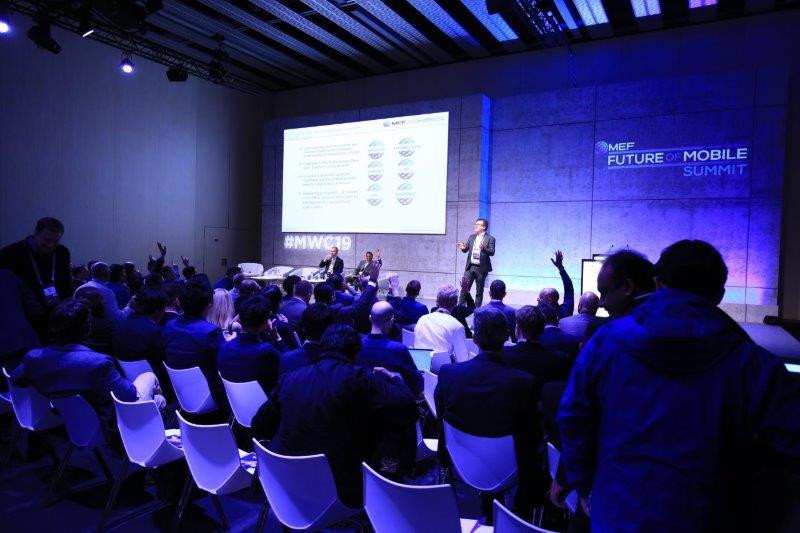Işık Uman, CEO of META region payment specialsts tpay Mobile, shares five key trends he expects to see in the global payments space in 2025.
The mood in the payments industry looks more optimistic compared to previous years, reflecting a cautious recovery for the sector as the adoption of digital payments continues to accelerate globally. Encouraging findings from major fintech-related research companies highlight the growing integration of digital payment methods into everyday transactions. This means worldwide fintech payment opportunities, including the ones in the Middle East, will remain widespread.

I outline some of those findings…
1) Global usage of contactless payments could surpass 1 billion mark
The rapid adoption of smartphones and wearable devices is driving contactless payment transactions. As a secure method for consumers to purchase products or services, contactless payments are believed to have surpassed USD 14.36 Billion in value in 2024. They are estimated to reach a valuation of around USD 34.93 Billion by 2031. Data shows that global usage of contactless methods could pass 1 billion by the end of 2024, while it makes up half of certain electronic purchases in regions like South Africa.
These trends all point to one crucial conclusion: alternative payment concepts will continue to change how consumers pay and shop in 2025. As the mobile ecosystem, we should all be ready to embrace these new opportunities with fresh, innovative ideas.”
2) Mobile wallets dominate the payment landscape
The rise of mobile wallets is reshaping the payment landscape while promoting financial inclusion. The global market for mobile wallets was valued at US$244 Billion in 2023. Industry reports of Juniper Research suggest that by 2025, the market size of mobile wallet transactions will reach $5704.66 billion in the Far East and China, $1,071.64 billion in North America, $708.49 billion in Europe, $372.41 billion in Latin America, and $1,562.43 billion in the rest of the world. Data from Statista showed the top 10 markets with the percentage of consumers using mobile wallets in the past 6 months of 2024 across different countries.
Interestingly, the country where most people used this technology to pay in a shop, restaurant or any other location was Kenya, at 80%.
3) Real-time payments compete with card payments
The value of transactions processed using a real-time or instant payment technology is projected to grow substantially in adoption rates. Traditional bank transfers can still take a day or more, but real-time payments that refer to payment settlements performed near-instantaneously speed up to seconds. As financial institutions partner with payment aggregators to offer round-the-clock processing, real-time payment options will likely expand.
Juniper Research estimates that the instant payments market will grow by 161%, up from $22 trillion in 2024 to $58 trillion globally in 2028. Brazil has the highest growth in instant payments due to the increasing popularity of the domestic scheme Pix. Brazil’s Pix and India’s Unified Payments Interface (UPI) have become dominant payment methods, facilitating financial inclusion and efficient transactions that compete with card payments.
4) Traditional banks recognise the potential of BNP
The Buy Now, Pay Later (BNPL) industry will continue to grow as a preferred payment option, ranking now as the fifth most-used method in the e-commerce industry. Industry reports estimate that over 360 million people use BNPL globally. Buy Now Pay Later users are expected to grow by 157% and reach 900 million globally by 2027.
The main reason for this huge growth is the flexibility offered by the BNPL option and the increasing awareness among people across the World. The core appeal of BNPL lies in its simplicity: As long as payments are made on schedule, it enables customers to buy products immediately and spread out payment over time, frequently incurring interest. Traditionally dominated by fintech companies, which have innovated rapidly to cater to tech-savvy, younger consumers, the BNPL market will probably increasingly witness the entrance of traditional banks, which recognise the potential of BNPL to drive customer engagement and diversify revenue streams.
5) Integration of financial services into nonfinancial platforms
As online shopping shifts and technology advances, businesses and shoppers look for more straightforward tools that blend into everyday life. Embedded finance (EF) is one fintech answer to that. Offering a seamless integration of financial services into nonfinancial platforms, EF market experiences double-digit growth. Recent McKinsey forecasts predict that EF revenues in Europe could exceed €100 billion by the decade’s end, signalling a transformative shift in how financial products are delivered and consumed. For businesses, embedded payments are vital because they minimise cart abandonment rates and give customers fewer steps to complete in payment processes.
These trends all point to one crucial conclusion: alternative payment concepts will continue to change how consumers pay and shop in 2025. As the mobile ecosystem, we should all be ready to embrace these new opportunities with fresh, innovative ideas.





